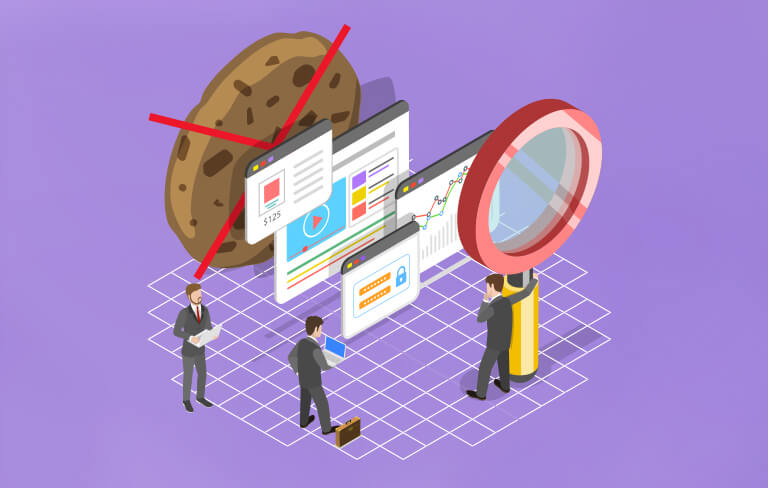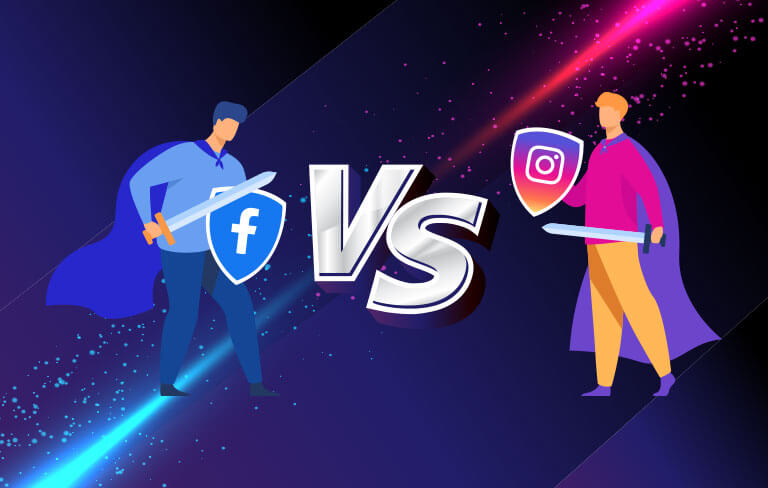The news broke recently that Google Chrome is delaying the deadline for third-party cookie replacement. Many online sources have shown that the tech giant expects to phase out cookies in the second half of 2024, though it is expected to start phasing out in early 2022 to ensure that there is sufficient time to develop new technologies and give the industry sufficient time to adapt to a cookieless digital world. Marketers, on the other hand, have begun experimenting and brainstorming ways to reach customers without third-party tracking. Thus the question comes, how prepared are you in adapting to this new change?
Majority of us have been relying on third-party cookies to collect customer data and draw relevant insights. As such, brands are able to get a good idea of consumers without having to build a relationship with them. Now, many are looking for creative ways to develop these relationships and collect first-party data. For starters, here are some ways marketers can consider to ensure better transit during this period.
Building experience and relevance to collect first-party data
When it comes to the digital world and establishing relationships between brands and consumers, experience is the focus of what most people are looking for. People are looking to create their own shareable moments with the brand on social media. When brands deliver an experience, we are able to optimise our media spend and observe the relevancy in a way that benefits both user and brand.
To deliver that experience, conversational marketing is one of the strategies to capture first-party data as it creates immediate connections that directly connect with buyers at moments of high intent. Genuine conversation that builds trust and results in personalised customer insights to be collected. These are usually more valuable and applicable from drawing insights from third party cookies. This can be done through messaging apps such as Whatsapp, SMS, phone calls and even community management on social media. Through encouraging 2-way communication via engagement with web visitors, we can better convert leads and draw consumer’s insight via dialogue-driven activities. This helps marketers to strategise their content that is specifically curated for experiential branding.
Usage of contextual ads
Contextual targeting helps marketers to find their lookalike audience and users with similar profiles through keywords. This technique allows marketers to take a consumer-centric approach instead of relying on third party data. It is useful in a sense that it provides advertisers on the content type that the user is engaged in. Thus, contextual ads also play a part in providing highly relevant consumer behaviour that is needed in this ever-changing environment.
To get started, each contextual ad needs a unique landing page to help ensure there is a main avenue for driving conversions. Contextual advertising requires creativity and relevancy- a solution that Mashwire provides. From campaign microsites to developing of brand websites, we offer bespoke solutions to create contextual ads to help drive your conversions. Check out our digital services here!





